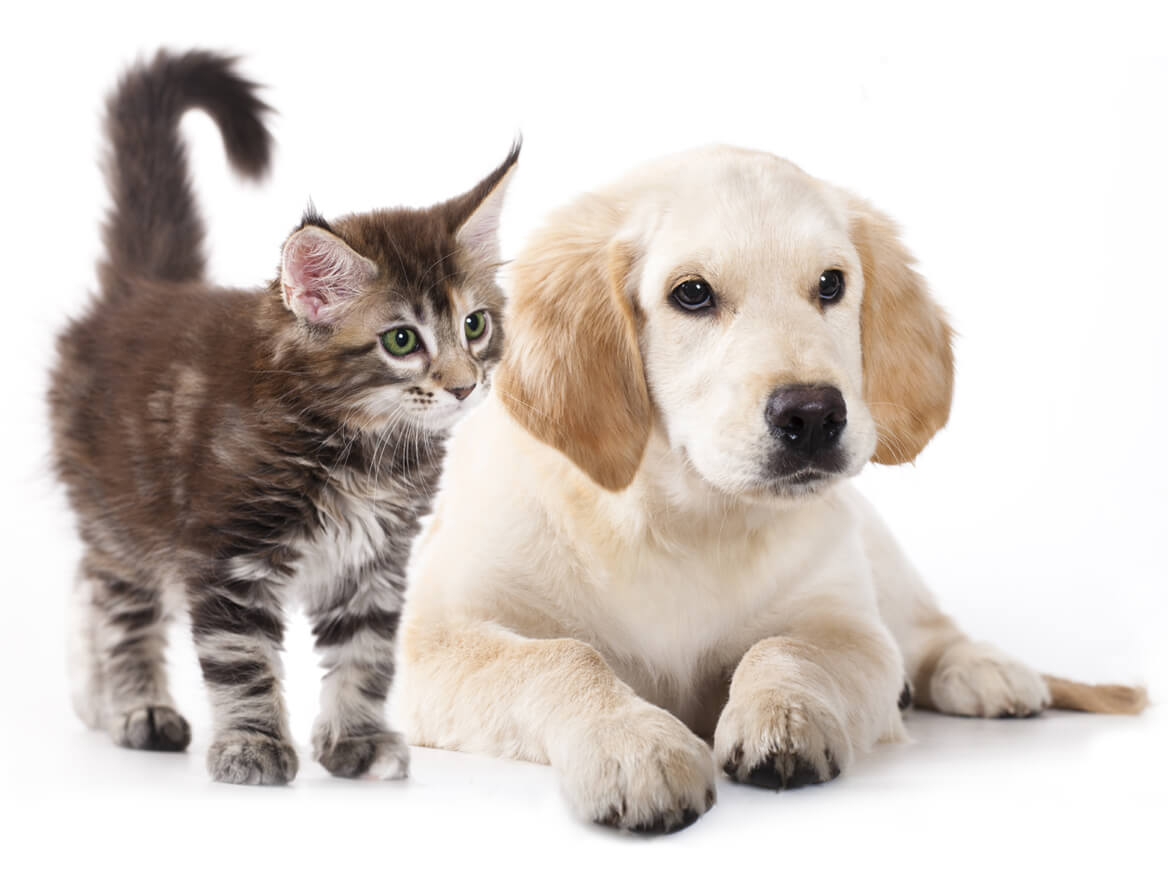
 Menu
Menu
Paw pad Keratoma (corns)

What is a keratoma?
A keratoma is a mass caused by a benign growth of the keratin producing cells in the skin. In the dog these are most commonly found on the bottom of the pad and are known as corns. These can be painful for the dog to walk on. They present as masses located on the bottom of the foot pads.
What causes corns?
There are currently several theories about what causes corns:
- Scarring: an accumulation of scar tissue causes a corn to form
- Infection with a papilloma virus.
- Pressure and abrasion: repetitive pressure and abrasion cause a corn to form.
What are the signs my dog has corns?
Sighthounds, particularly greyhounds are over-represented for this condition. Lameness is the most common sign and the dog may be reluctant to walk on hard surfaces. Lesser seen signs may also be increased nail growth on the affected toe because the dog isn’t putting as much pressure on the pad whilst it’s walking. This lack of pressure stops the wearing down of the nail, causing it to grow faster.
How is a corn diagnosed?
The most obvious sign is a small lesion in the centre of a foot pad of the toe. There is often significant discomfort when this area is pressed. A sample of the tissue can be submitted to the laboratory for confirmation.
Management options of a corn
Treatment of this condition can be challenging as the exact underlying cause is not fully understood. However, some reported treatment options include:
- Removal either mechanically or surgically
- Abrasion via power tools, pumice stones, nail files etc
- Avulsion via dental root elevators, small curettes
- Expulsion (forcing the corn out) by soaking the foot or manual pressure
- Surgery
- Scalpel, laser, skin biopsy punch, cryosurgery
- Total digital amputation
- Partial digital amputation
- Topical treatments
- Emollients
- Keratolytics
- Prevention of pressure on the pad will also help the dog in the short term.
However, currently, deep excision or removal of the corn is considered the most effective option.
Consequences of corns
The prognosis for resolution for corns is guarded as approximately 50% of those removed will return. Most patients recover very well with uncomplicated corn removal surgery but owners need to monitor for signs of recurrence.
Stay in touch
Follow us on social media and keep up to date with all the latest news from the Grove clinic.

